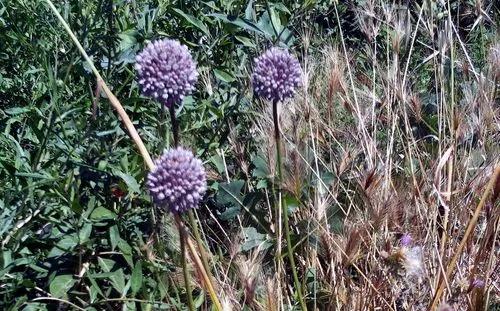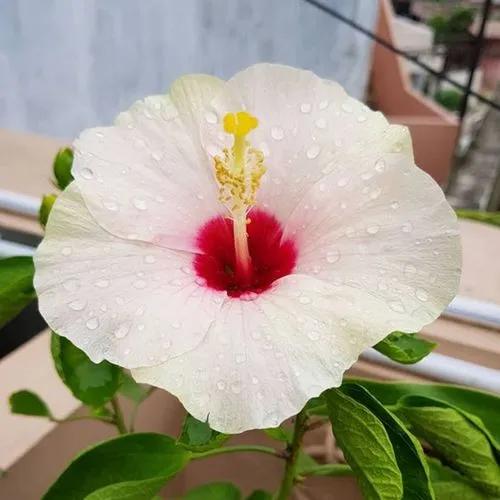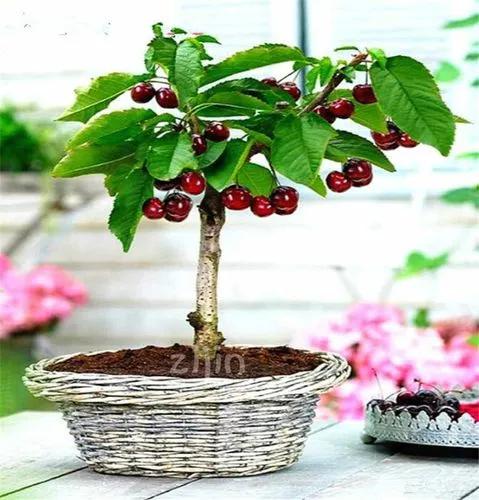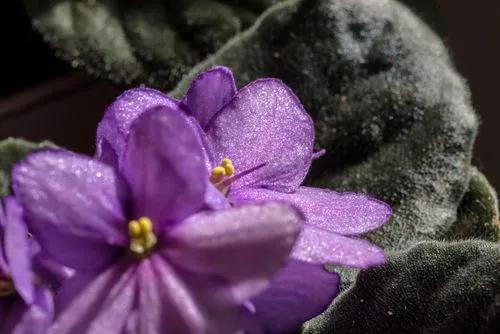Step into the world of savory delights with Allium cepa, commonly known as the Onion. As a kitchen essential, this humble herbaceous plant has been cultivated for centuries, imparting its distinct flavor to many dishes. Whether you're a seasoned gardener or a newbie, let's explore the care requirements of the Onion, elevating your culinary experience right at home.
Onion Care
Allium cepa
Other names: Purple, Blue Onions



Onions, scientifically known as Allium cepa, belong to the Allioideae subfamily. Native to Asia, they have a long history of cultivation. This plant has an edible bulbous root followed by slender, upright stalks with hollow, tube-like leaves. The roots and foliage vary in size, shape, and color depending on the variety. As a biennial plant, Onions produce spherical flower clusters in their second year of growth, attracting pollinators with their delicate blooms.
How to Care for the Plant

Water

Onions prefer consistently moist but not waterlogged soil. Water when the top inch of soil feels dry to the touch. Use room temperature water to avoid shocking the plants. It's recommended to give the plant a deep drink.

Pruning

Pruning is not necessary for Onion plants. Let the bulb grow and mature undisturbed until harvesting. The green tops (scallions) can be harvested for culinary use at any growth stage.

Fertilizer

Use a balanced fertilizer with a 10-10-10 NPK ratio. Fertilize every 2-3 weeks during the growing season, following the instructions on the packaging. Onions are heavy feeders, meaning they need many nutrients to grow, and regular fertilization supports healthy bulb development.

Sunlight

As a sun-loving plant, Allium cepa requires at least 6 hours of direct sunlight daily. Place plants in a sunny indoor location, such as a south-facing windowsill or under grow lights if natural light is insufficient. Providing enough light is crucial for bulb development.

Soil

Choose a well-draining, slightly acidic to neutral potting mix with a 6-7 pH level. Onions thrive in loose, loamy soil. Adding organic matter, such as homemade compost, can improve soil structure and fertility.

Propagation

Onions are typically propagated from bulbs, seeds, or sets. The easiest way for indoor cultivation is to start with Onion sets, which are small, partially grown bulbs. Plant them directly into your container.
Alternatively, you can grow Onions from seeds indoors before transplanting. Choose your preferred Onion variety and sow the seeds about ¼ inch deep in a tray or pot filled with a desired potting mix. Maintain consistent moisture and warmth (68-77°F or 20-25°C) for optimal germination. Multiple seeds can be planted in each cell or pot, but remember to thin out the seedlings as they grow. When Onion seedlings reach around 6-8 inches and have three leaves, it is time to start preparing them for transplanting.

Temperature

Onions thrive in 55-75°F (13-24°C) temperature. Avoid exposing this plant to extreme temperature fluctuations.

Container

Growing Onions indoors, choose a container with a good drainage. A shallow pot with a minimum depth of 6 inches (15 cm) accommodates Onion bulbs ideally. Ensure that the container has drainage holes to prevent waterlogging.

Fun fact

Did you know that Onions have been cultivated for over 5,000 years and were highly regarded by ancient civilizations like the Egyptians? This vegetable was sometimes used as a legitimate currency, making it one of the world's oldest traded commodities.

Popularity

10,806 people already have this plant 1,141 people have added this plant to their wishlists

Common pests

Common Onion pests include flies, thrips, and aphids. Use pest control methods such as row covers and insecticidal soaps to prevent infestations. Neem oil is a natural pesticide that effectively controls various infestations and diseases. Use it according to the package instructions and apply it to the affected areas of your plant.

Frequent diseases

Onions are susceptible to diseases like Onion downy mildew and Onion white rot. Plant disease-resistant varieties, practice crop rotation, and ensure good air circulation to minimize infection risks.

Botanist’s tips

Discover more plants with the list below
Related articles






